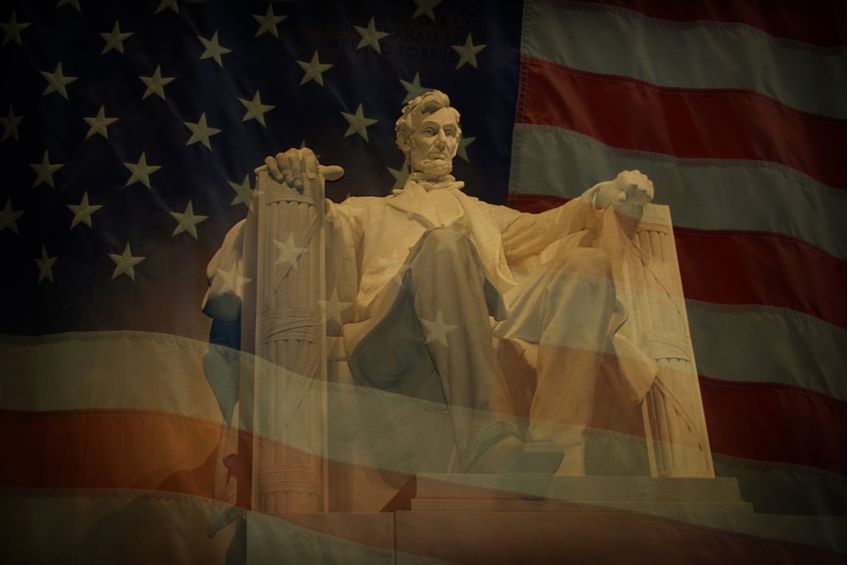Before the death of Abraham Lincoln, funeral traditions were very different. Prior to the Civil War, death was typically a simple affair and dealt with at the home.

Before the death of Abraham Lincoln, funeral traditions were very different. Prior to the Civil War, death was typically a simple affair and dealt with at the home. If you died, your family washed and dressed your body. Then, relatives would come to visit and your body would be displayed in the home for a week or so. After that, a coffin would be made and you would be buried simply in a cemetery or on your own land. Embalming, makeup, and prosthetics were not something people used or even thought about.
Embalming became popular during the Civil War. Hundreds of thousands of soldiers died on the battlefield and wealthier families wanted to have the bodies of their loved ones returned home. However, this was often a time-consuming prospect as the bodies had to be shipped via train, which meant that if they weren’t preserved, they didn't fare very well.
To help transport the bodies, doctors began using a process of body preservation derived from old, Egyptian methods. However, instead of filling the body cavity with natural materials, the process was updated to replace the blood with a preservative (first arsenic and mercury, and later formaldehyde).
In the beginning, this practice wasn’t popular outside of the battlefield. But many Civil War officers were embalmed and some laid in state at the White House during Lincoln’s tenure.
Abraham Lincoln was one of the first, and certainly, one of the most prominent people, to embrace embalming. When his 11-year-old son died, he was embalmed. Then, when Lincoln himself was assassinated the same doctor embalmed Lincoln’s body. This allowed for an unprecedented "funeral train” parade around the country that took his body back to his final resting place in Illinois.
This funeral procession was seen by many and known about by just about everyone in the country. Visitors waited in line for hours to catch a glimpse of Lincoln’s open casket as it came through town, where it would be set up in the State House. Mourners were able to see firsthand how lifelike embalming could make someone, and it quickly became a national sensation.
While we can’t say for sure how this affected the funeral process, it is evident that there was a large shift in funeral practices around this time. Embalmings increased quickly and as a result, funeral homes started popping up to support customer demand. It is very likely that because so many people were able to witness the embalming practice at once, and on such a prominent figure, this drastically increased the rate of acceptance and popularity of the practice.